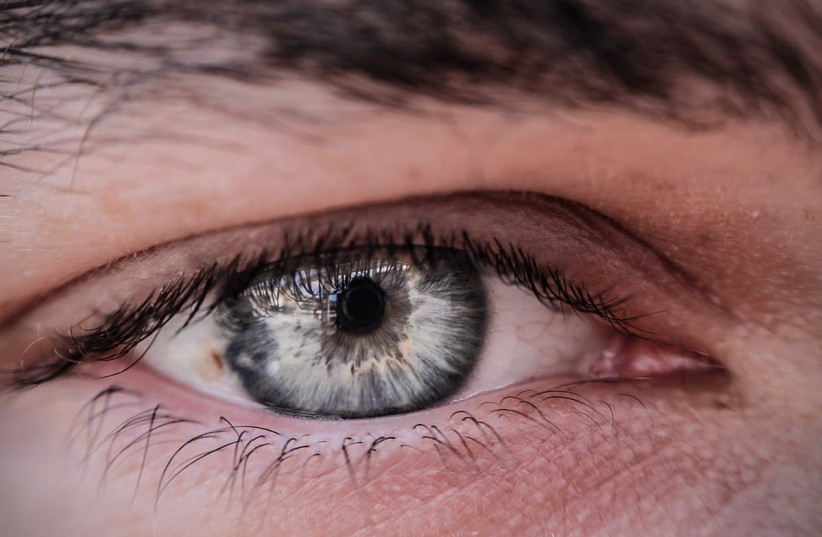A stye is an infection that appears at the base of the upper or lower eyelashes and usually occurs in both eyes, in different locations along the eyelid. The reason is that the sebaceous glands near the base of the eyelashes become clogged and cause irritation, inflammation and sometimes even a bacterial infection.
Despite the bacterial infection that may occur, a stye isn’t caused by an infectious disease and isn’t contagious. Common symptoms are redness and local irritation, and a hot painful bump in the eyelid area. In the case of a large lesion, it may put pressure on the eye and cause blurred vision.
Usually, styes go away quite easily, but in cases of severe pain and swelling, and especially in cases of blurred vision, see an ophthalmologist. People who continuously develop styes may develop blepharitis. So in cases of recurrent styes, talk to an ophthalmologist.
How to treat a stye in the eye
The best treatment for styes is preventive, especially for those who tend to develop styes. Gently clean your eyelids every day with eye wipes.

If there’s already a stye in the eye, there are several things that can be done:
- In case of pain, take painkillers
- Apply steroid cream to the affected area
- Apply warm compresses to soften and soothe the area. You can even place a warm hard-boiled egg wrapped in a towel or a clean cloth.
How <em>not</em> to treat a style in your eye
And of course, it’s very important to know what not to do.
- Don’t apply antibiotic ointment.
The cause of a stye is usually not bacterial and the treatment is for inflammation and not infection.
- Don’t make tannin compresses.
Tannin contains pigments that may stain the eye.
- Don’t try to burst the abscess.
If it doesn’t go away within a few days and the pain worsens, contact an ophthalmologist for surgical drainage
- Don’t, under any circumstances, put urine on the eye.
We don't really need to explain this, do we?
